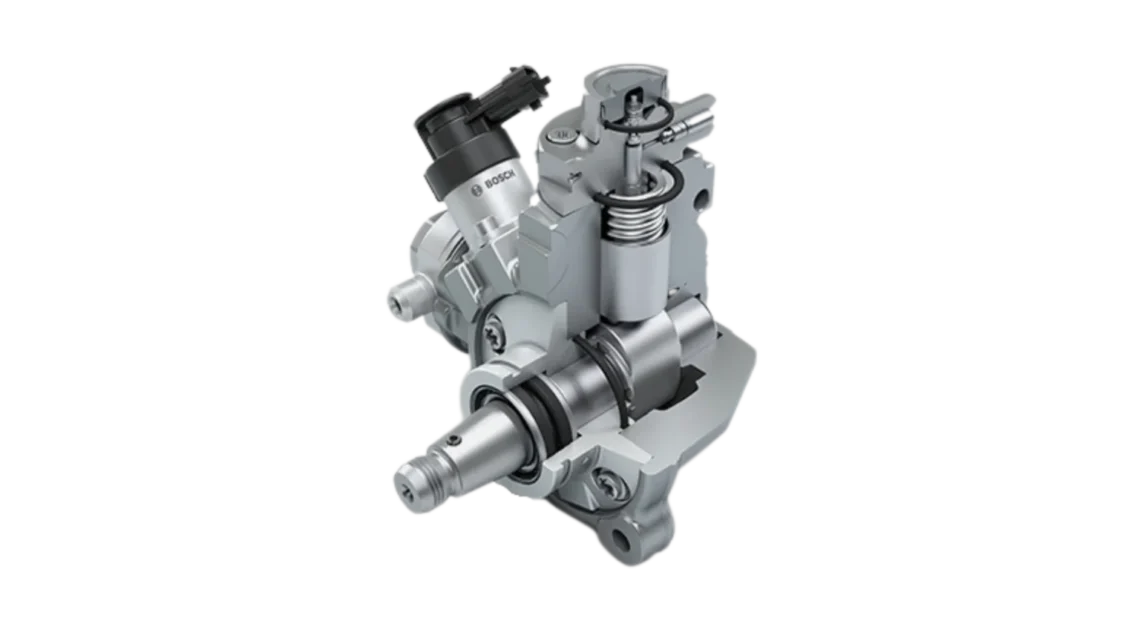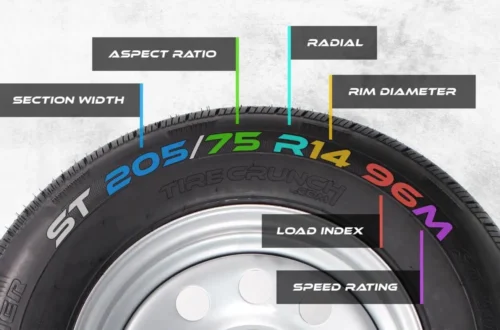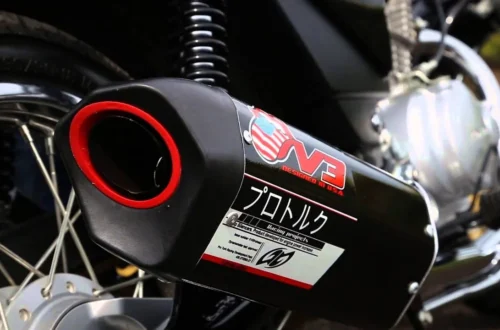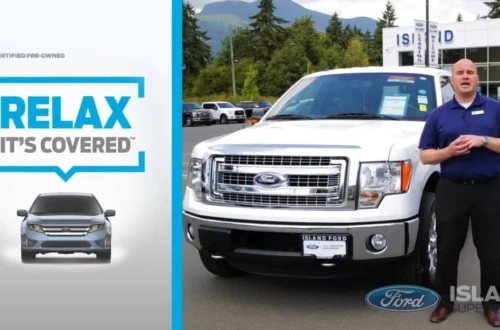Cp4 Fuel Pump Silverado Sierra Lawsuit: When a vehicle part fails prematurely or catastrophically, it’s not just a repair bill—sometimes it becomes a nationwide legal issue. One such case is the CP4 fuel pump lawsuit involving Chevrolet Silverado and GMC Sierra trucks (model years 2011-2016) equipped with the 6.6L Duramax diesel engine. This article breaks down what the problem is, who’s eligible for compensation, how the settlement works, and what you should do if your truck may be affected.
What Is the CP4 Fuel Pump Defect?
The CP4 fuel pump is a high-pressure diesel fuel pump made by Bosch, used in the LML Duramax engine (6.6L) installed in certain Chevrolet Silverado and GMC Sierra trucks from 2011 through 2016. The issue centers around:
- The CP4 pump being unreasonably fragile. Owners allege it runs almost dry, or operates in ways that introduce metal shavings into the fuel system.
- These shavings can damage not just the pump itself but also fuel injectors and the engine’s internal components. According to legal filings, the defect can lead to catastrophic failure without warning.
In many cases, owners have faced very high repair costs, especially when the failure causes damage beyond just the fuel pump (injector replacements, engine work). The lawsuit claims that GM knew or should have known of the issue but did not adequately warn vehicle owners or extend warranty protections sooner.
Scope of the Lawsuit & Who Is Eligible
If you think your Silverado or Sierra might be involved, it helps to know exactly what criteria define eligibility for the CP4 fuel pump settlement. Key eligibility factors include:
-
Vehicle model & years: Must be a 2011-2016 Chevrolet Silverado or GMC Sierra with the 6.6L Duramax diesel engine, which includes the Bosch CP4 fuel pump.
-
Geographic location: The lawsuit covers trucks purchased from GM-authorized dealers in specific U.S. states: California, Florida, Illinois, Iowa, New York, Pennsylvania, or Texas.
-
Purchase date window: The truck must have been purchased between March 1, 2010 and September 13, 2024.
-
Repair history & ownership status:
• If you paid out of pocket for CP4 fuel pump repairs before May 6, 2025, you may file a claim for compensation.
• If you no longer own the truck but didn’t pay for such repairs, you may still qualify under certain provisions. Proof of sale or ownership transfer is required.
• If you still own the vehicle but haven’t paid for CP4 repair, you are not eligible for past repair reimbursement—but there is a future repair cash-back program for qualifying repairs done on or after May 6, 2025. -
Deadline: The deadline to submit a claim for past repair reimbursement is November 6, 2025. Future repair reimbursement window and eligibility have separate conditions.
Terms of the Settlement: What Compensation Can You Expect?
The settlement that GM has agreed to offers several types of compensation, depending on your situation. Here’s what owners should expect:
| Situation | What You Might Get |
|---|---|
| You paid out of pocket for a CP4 fuel pump repair before May 6, 2025 | You can claim a cash payment to reimburse some or all of what you paid. Documentation, invoices are required. |
| You no longer own the vehicle and didn’t pay for the repair | You may be eligible for a smaller payment based on proof of ownership / sale |
| You still own the vehicle, but have not yet paid for CP4 repair | You are not eligible for past payment, but there is a cash-back program for future eligible repairs (after May 6, 2025). The reimbursement is subject to terms such as having repair done at GM-authorized dealership and meeting mileage or usage limits. |
| Extended warranty options / future repair protection | The settlement also includes terms that help protect owners going forward, including partial reimbursement of future repair costs under certain conditions. |
The settlement fund is approximately $50 million. Depending on how many claims are made, individual payouts vary. Some owners are expected to receive up to about $12,700, depending on repair costs, evidence, and other criteria.
How to File a Claim (Steps & Required Documentation)
Filing a claim under the Chapman v. General Motors LLC settlement involves several steps. To maximize the chances of a successful claim, follow these carefully:
-
VIN Lookup
Use the VIN check tool on the official site (GM Fuel Pump Litigation / settlement site) to verify if your vehicle is a Class Vehicle. -
Obtain Necessary Documents
You’ll often need:-
Proof of purchase from a GM‐authorized dealer during the eligible date range (2011-2016, bought between March 1, 2010 and September 13, 2024).
-
Proof of repair (invoice, repair order) that specifically identifies the CP4 pump or related components (GM Technical Service Bulletin 16-NA-102 defines component list) if you paid for such repair before May 6, 2025.
-
If you no longer own the truck and didn’t pay for the repair, proof of sale/ownership transfer documents.
-
-
Fill Out the Claim Form
The claim form is available online through the settlement website. You will select whether you are filing for past repairs, as a former owner, or for future repair cash-back. Be honest and accurate. -
Submit by the Deadline
The deadline for past repair reimbursement claims is November 6, 2025. If filing for future repair cash-back, ensure you understand time limitations, whether work is done at an authorized dealer, and proof requirements. -
Keep Copies & Follow Up
Retain copies of invoices, correspondence, the submitted claim, and any responses. The claim process may involve verification steps. Allow time for processing.
Why This Matters: Impact on Owners & GM
This lawsuit is significant for multiple reasons—both for affected vehicle owners and for the broader auto industry.
Financial burden on owners: Many owners of Silverado/Sierra trucks experienced significant repair bills because CP4 pump failures often spread damage, leading to expensive injector replacements or even engine repairs. For some, repair costs exceeded several thousand dollars. The settlement helps address this.
Warranty and trust issues: Some owners feel that GM’s warranty programs did not adequately cover the CP4 defect, or that defects manifested after warranty expiration. This lawsuit pushes GM to be more transparent about known issues and compensate those who shouldered costs themselves.
Precedent for manufacturer responsibility: By holding OEMs accountable for component defects, especially when such defects are allegedly known or foreseeable, this case reinforces legal expectations around product safety, durability, and disclosure.
Consumer awareness: The suit has raised awareness among diesel truck owners about this specific issue (CP4 fuel pump in 6.6L Duramax engines), helping potential buyers, current owners, and service shops identify symptoms early and possibly avoid larger damage.
What Owners Should Do Now
If you own a Silverado or Sierra from 2011-2016 with a 6.6L Duramax, here’s a checklist of what you should do:
- Check if your truck is included via VIN on the settlement site. That tells you quickly if you have a Class Vehicle.
- Gather any repair invoices related to the CP4 pump or fuel injection system, especially if you paid out of pocket. Check if the repair addressed components listed in GM TSB 16-NA-102.
- Check ownership documents—if you no longer own the truck, see if you can provide proof of sale / transfer to qualify for former-owner compensation.
- Decide whether to make a claim by the deadline (Nov 6, 2025). Even if the amounts seem small, many owners found the compensation helpful.
- If future repair is needed, use a GM-authorized dealer (if required by settlement) so you remain eligible for any reimbursement or warranty coverage under settlement terms.
- Monitor communications: sometimes claim forms or settlement updates are sent via mail or email. Keep your contact info current.
Conclusion
The CP4 fuel pump lawsuit (Chapman v. General Motors LLC) marks a major development for owners of 2011-2016 Silverado and Sierra trucks with the 6.6L Duramax diesel. What began as a recurring problem—defective high-pressure fuel pumps causing engine damage—has turned into a class action settlement. Eligible owners may receive cash compensation for past repair expenses, protections or reimbursements for future repairs, or payments even if they no longer own the truck, assuming they qualify under the terms.
If you are an affected owner, acting promptly (checking your VIN, gathering documentation, submitting a claim) is essential. Even if you didn’t immediately notice issues, sometimes preventive steps and awareness can reduce risks.
For anyone considering purchasing one of these trucks, knowledge of this issue is important—for both negotiating repair history and understanding potential costs.
If you like, I can also pull up a list of symptoms to watch out for CP4 failure, and perhaps a DIY cost-estimate vs dealership cost comparison to help you decide whether to file a claim or pre-emptively repair.





